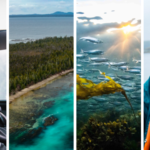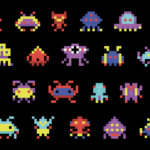When you think of invasive species in B.C., your mind might go to things that have been in the news like European green crabs.
But what species actually pose the biggest threat to B.C.’s coast?
The province has tagged four species as the highest priority “for early detection and rapid response activities. These invasive species pose a threat to B.C.’s environment, economy, and human health.”
- Asian Chytrid fungus
This fungus, if it ever were to spread widely in the province, could harm B.C.’s salamanders and newts – beneficial species that control insects and are important in the food chain.
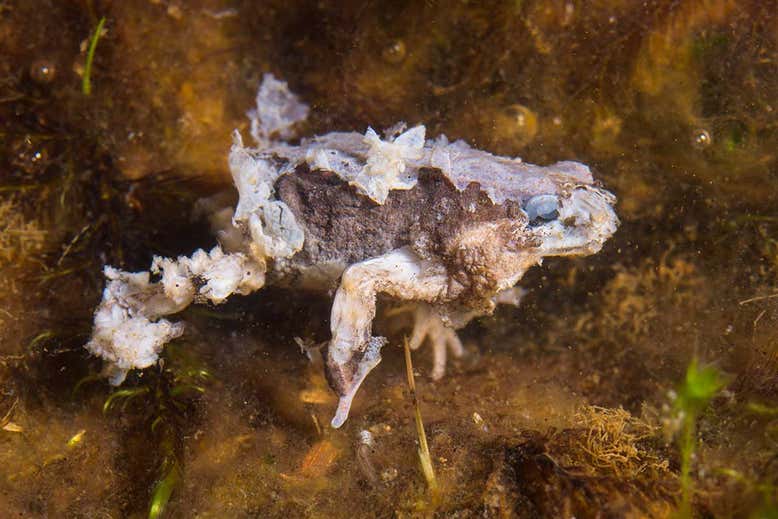
The poisonous mushroom can easily be mistaken for edible puffballs and the Asian straw mushroom. It is considered “deathly poisonous if eaten.
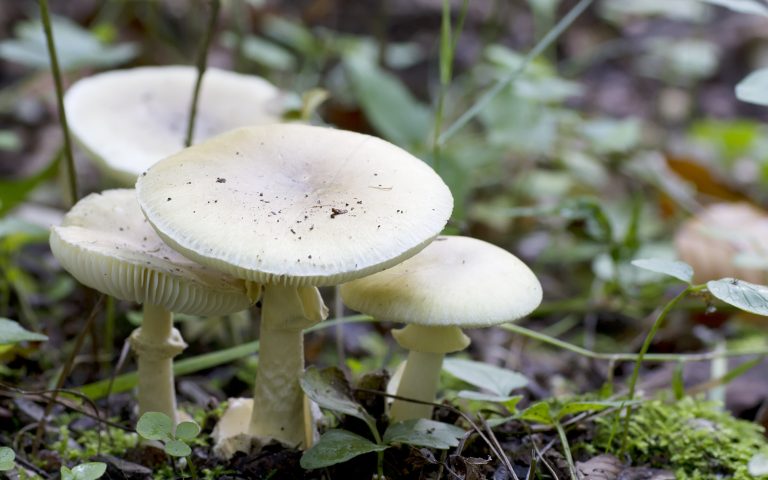
This fungus is killing bats which are key to controlling pests. That’s not good for bug haters, because endangered Little Brown Bats can each eat 600 mosquitoes per hour.
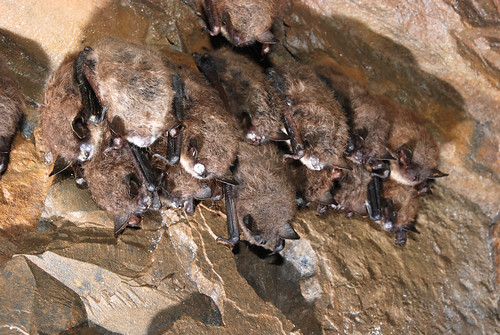
They’re on the list even though they’re not in B.C. They’re expected, though, having hitchhiked in ballast water on ships from the Baltic, and they’ve already spread in eastern North America.
These cute mussels are actually monstrous: they damage aquatic species, smother recreation beaches and everything else with sharp shells, build up on pipes and hydropower infrastructure by clogging pipes, and alter food webs, including collapsing native fish populations.
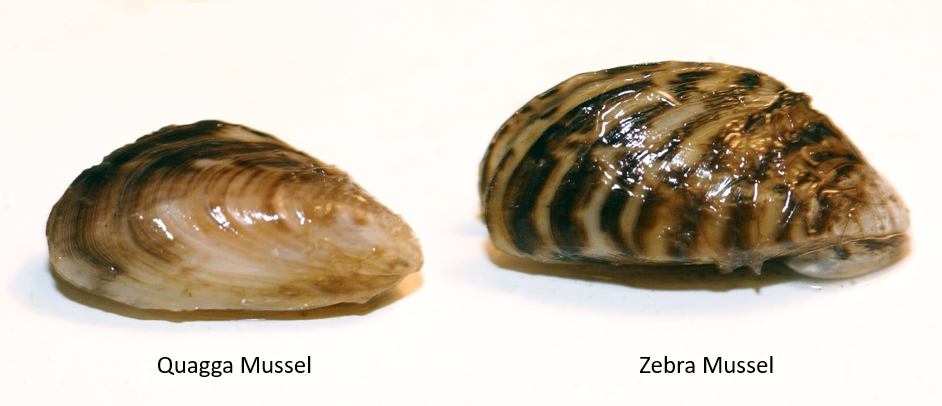
If they come to B.C., “the economic impact has been estimated at $43 million per year,” not including fisheries, says the BC working group on invasive species.
So what earns a critter, or plant, the nasty designation “invasive?”
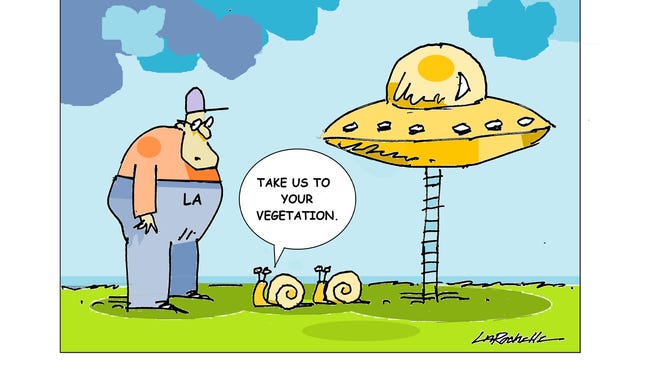
It’s not just that they’re “alien:” Invasive species damage B.C.’s environment, people, and economy, say experts.
Not all introduced species are dubbed “invasive.” Food plants from elsewhere – think carrots and onions – are welcome, as are non-invasive ornamentals, like daffodils and tulips.
Invasives, though, spread quickly. They crowd native species out of their food and habitat. Some can destroy whole ecosystems. “And many invasive species impact traditional indigenous practices because they change the ecosystem,” Gail Wallin, Executive Director of the Invasive Species Council of BC, told the West Coast Now.
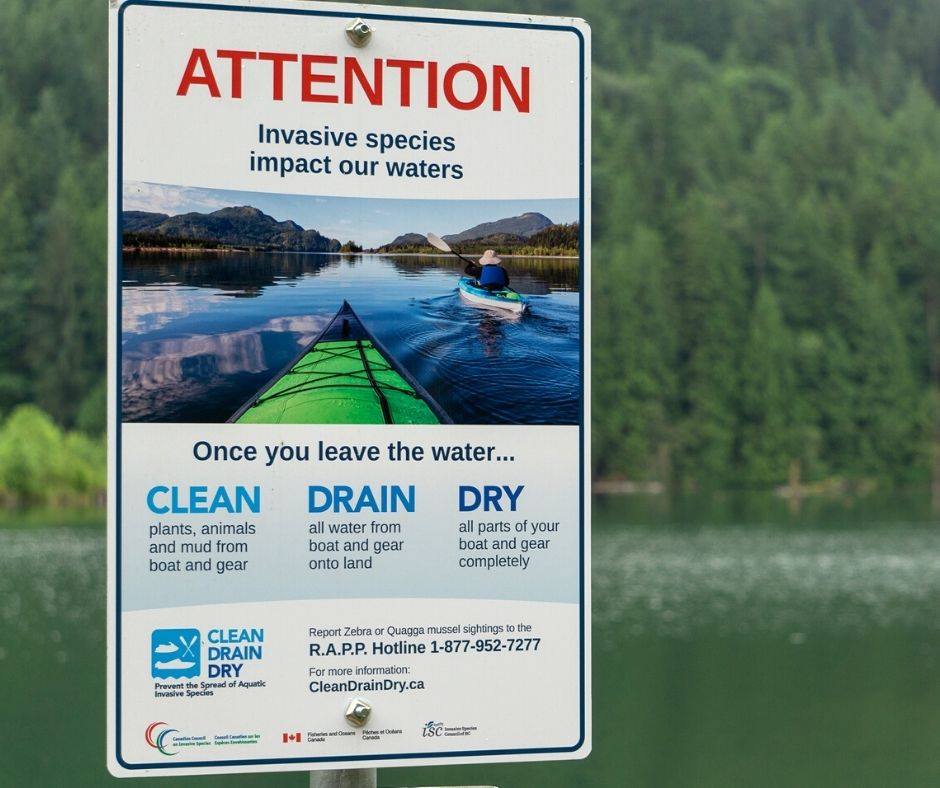
They’re costly to control, can cause health hazards, and can increase fire risks in the case of plants like Scotch broom, states the Invasive Species Council of BC.
In their own homes, these plants are naturally controlled by the native predators or competitors they evolved with. In new territories, they lack such checks.
“Invasive species cost the global economy billions of dollars every year. They are a top threat to biodiversity, impact culturally and socially important areas, and can threaten human health in various ways,” says the B.C. government’s Invasive Species Working Group. And in B.C., the government list of priority invasive species is already long and growing.
If you see any of the four threats listed above, the B.C. government has several ways to report invasive species sightings.






